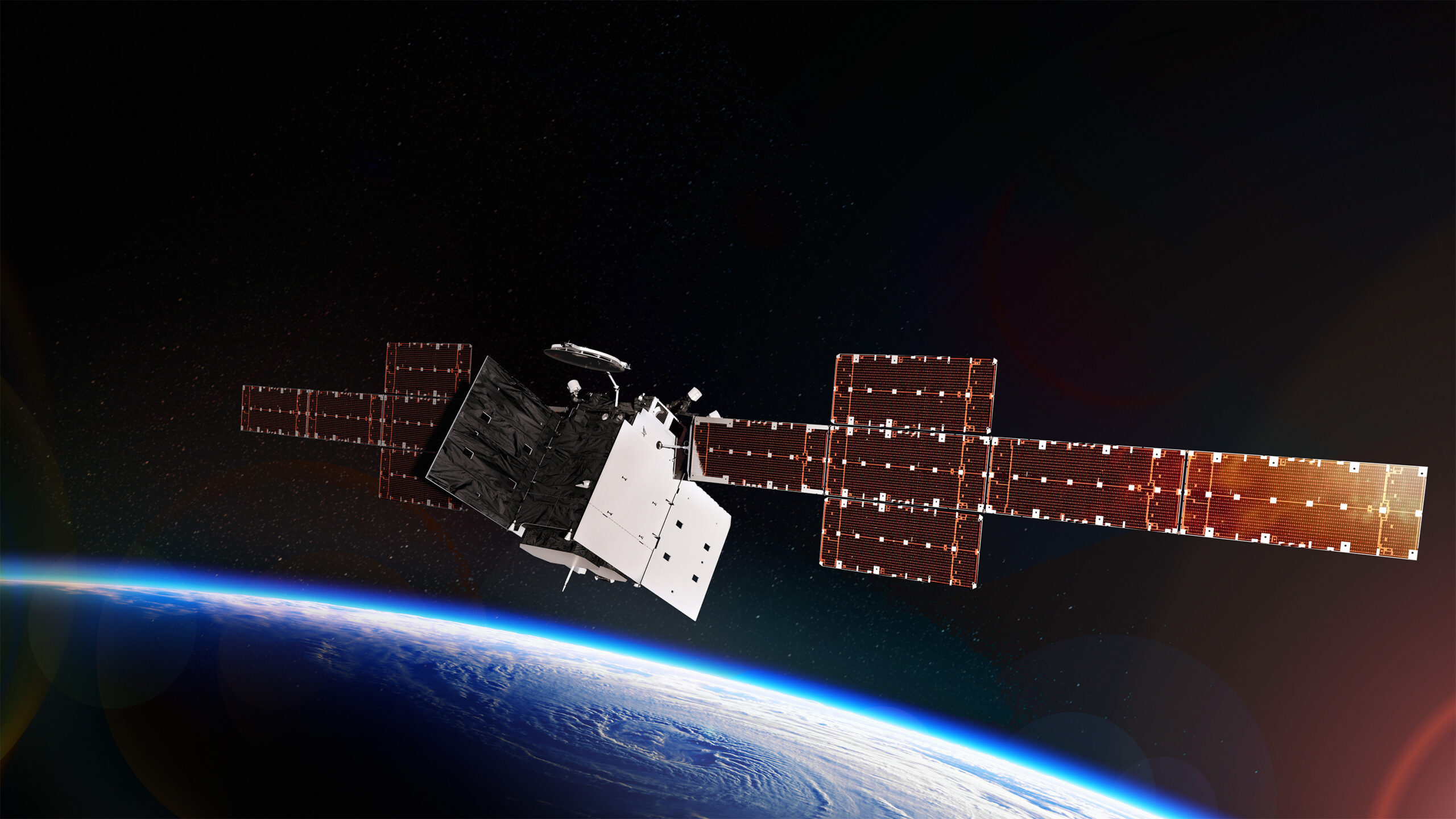

President Biden’s FY24 Budget includes just over $30 billion for the nascent U.S. Space Force, its largest budget request to date. Signed into law by President Trump in 2019, legislation creating the Space Force moved space operations from a command within the Air Force to a service within the Department of Air Force similar to the positioning of the Marine Corps within the Department of the Navy. By far the smallest of the services with an active end strength of 8,600 Guardians, the FY24 request represents an increase of 800 for a total force of 9,400.
The use of space as a strategic battlefield and as a deterrent to those who threaten US interests is outlined in the National Defense Strategy/Nuclear Posture Review/Missile Defense Review and the National Security Strategy, both released in 2022, and both of which recognize the importance of space to all-domain operations.
We’re in a race to build combat credibility before we’re put to the test. From the competition phase through the crisis and conflict, the Space Force is a critical element of the joint force and plays a vital role in integrated deterrence.
General Chance Saltzman,
Chief of Space Operations, U.S. Space Force,
January 30, 2023
In testimony before the Senate Appropriations Defense Subcommittee, General Saltzman addressed the seriousness with which he and his forces take the race analogy. He referenced the Space Development Agency (SDA) which recently proceeded from contract award to orbit in 27 months. This is blazing speed for the federal government, the Department of Defense, and the agency tasked with building satellites. Saltzman testified that the Space Force’s new smaller satellite, smaller requirements, faster acquisition, faster technical refresh, approach along with a more streamlined acquisition process helps create more synergy with the commercial space industry.
FY24 SPACE PRIORITIES
- $5 billion for space-based missile warning based on Resilient Missile Warning/Missile Tracking and Next-Gen Overhead Persistent Infrared (OPIR) Those priorities also include a $1.3 billion request for the Global Positioning System Enterprise specifically for Position, Navigation, and Timing (PNT) for GPSIII Follow-On satellite support as well as for the development of the Next-Gen Operational Control System (OCX).
- $3 billion to fund 15 launch vehicles and launch range
- $4.7 billion for Protected Tactical Wideband and Narrowband robust/secure/survivable/jam resistant capabilities for satellite communications as well as for Space Development Agency proliferated LEO Transport Layer Development.
As Chart I indicates, the bulk of Space Force’s budget is in Research, Development, Test, and Evaluation (RDT&E) and worth further discussion. The Operation and Maintenance (O&M) funding is primarily for mission support and weapon systems sustainment. Procurement funding is primarily for the acquisition of space vehicles and terminals, ground control systems, launch services, communications security, and training equipment.
In exploring the more than $19 billion the administration requested for RDT&E, we note the House Appropriations Defense Subcommittee was just under that request at $18.8 billion. Over a third of the funds are for the Operational Systems Development phase of RDT&E while nearly a third are for System Development and Demonstration1. It should also be noted that of the $19 billion, nearly $6 billion is for classified programs.


Chart I. Source: US Space Force and House Appropriations
RDT&E HIGHLIGHTS
Space Technology Development and Prototyping – The largest unclassified line item in RDT&E would receive just under $2.1 billion in both the request and the HAC-D mark, an increase of more than 100% from the enacted level. Funding supports the rapid spiral development General Saltzman referred to when describing the Space Development Agency’s efforts to develop and demonstrate next generation capabilities for the joint warfighter enabled by improved Low Earth Orbit (LEO) satellite technology.
Resilient Missile Warning Missile Tracking – Received a mark from the appropriators of $1.5 billion for LEO and $791 million for Medium Earth Orbit (MEO) systems. Both programs were adjusted upward at the request of the Department of Air Force (after the budget was submitted) with a transfer from the Integrated Ground Segment.
Next-Gen OPIR – is broken out into Ground ($661 million), GEO ($720 million), and Polar ($1 billion) with the appropriators in the House reducing the overall request by nearly $40 million for under-execution.
Evolved Strategic SATCOM (ESS) – HAC-D supports the Administration’s $633 million request to help meet the requirements for strategic communications and capability gaps identified in the Protected Satellite Communications Services Analysis of Alternatives. This is a 22% increase over the enacted FY23 level and includes Space Segment Prototyping, Ground Resilient Integration & Framework for Operational NC3 (GRIFFON), and End-Cryptographic Unit (ECU).
Space Situation Awareness Systems – HAC-D endorsed the Administration’s $373 million request, a 69% increase from FY23 for Space Domain Awareness (SDA) as one of the core competencies of the Space Force. This program element develops new network sensors and improved information integration capabilities across the space surveillance network (SSN) while other program elements upgrades, operationalizes, and maintains Space Force sensors and information integration capabilities within the SSN.
The Space Force RDT&E budget is on track to nearly double from just over $10 billion in FY21. Some of this growth may have been a result of accounting as the Space Force became its own service, but there is no hiding the real growth over the last year. With the rising importance of contested logistics, we expect Space Force’s contribution to the joint warfighter to expand.
1Operational Systems Development includes development efforts to upgrade systems that have been fielded or have received approval for Full-Rate Production (FRP) whereas Systems Development and Demonstration includes mature systems development, integration, and demonstration in support of Milestone C decisions and the conduct of live fire test and evaluation and initial operational test and evaluation.